-
Membership
Membership
Anyone with an interest in the history of the built environment is welcome to join the Society of Architectural Historians -
Conferences
Conferences
SAH Annual International Conferences bring members together for scholarly exchange and networking -
Publications
Publications
Through print and digital publications, SAH documents the history of the built environment and disseminates scholarship -
Programs
Programs
SAH promotes meaningful engagement with the history of the built environment through its programs -
Jobs & Opportunities
Jobs & Opportunities
SAH provides resources, fellowships, and grants to help further your career and professional life -
Support
Support
We invite you to support the educational mission of SAH by making a gift, becoming a member, or volunteering -
About
About
SAH promotes the study, interpretation, and conservation of the built environment worldwide for the benefit of all
SAHARA Highlights: The Color Film Emergency Project: Gerald Moorhead
Jun 13, 2022
by
Jacqueline Spafford and Mark Hinchman, SAHARA Co-Editors
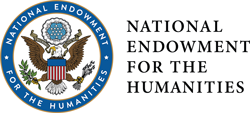
The Color Film Emergency Project (CFEP) was initiated in 2013 to help identify at-risk 35mm slide collections photographed by SAH members. Many of these important collections have been in danger of exposure to moisture, dust, and other harmful factors; others are simply threatened with homelessness. In 2020, SAH, in partnership with the University of California, Riverside and Santa Barbara campuses, received an NEH Humanities Collections and Reference Resources foundation grant focused on addressing these issues. In these two years the grant directors (Sonja Sekely-Rowland and Jackie Spafford) have worked with sample subsets of SAH member collections that represent the spectrum of issues facing their preservation. They have devised a consortium model to handle the processing in stages, working with partner institutions all over the U.S., and are now applying for an NEH Implementation grant to expand the project.
One of the subjects of this pilot phase was Gerald Moorhead, a Texas-based architect and author, known for his excellent photography and far-flung travels. He was the editor for both BUS Buildings of Texas volumes, among many other contributions. He became a unique CFEP partner as he opted to digitize selections of his slides himself, which were then catalogued by grant fellows at UCSB and published to SAHARA. Below is a sample of the nearly 2,000 images from his collection contributed thus far.
To see more SAHARA content: sahara.artstor.org/#/login
To learn more about contributing, visit: sah.org/publications-and-research/sahara
All photography by Gerald Moorhead:
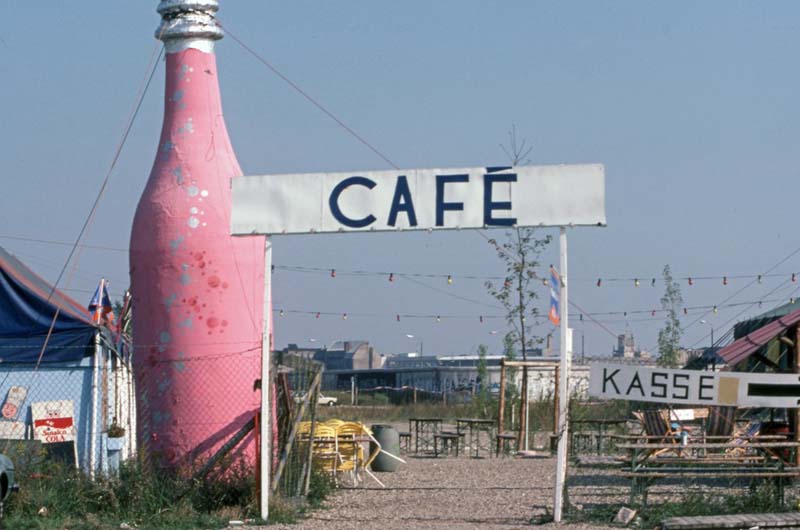
Outdoor Café, Neutral Ground, American Sector, (West) Berlin, Germany, 1982. Moorhead extensively photographed Cold War Berlin. Photograph: 1982.
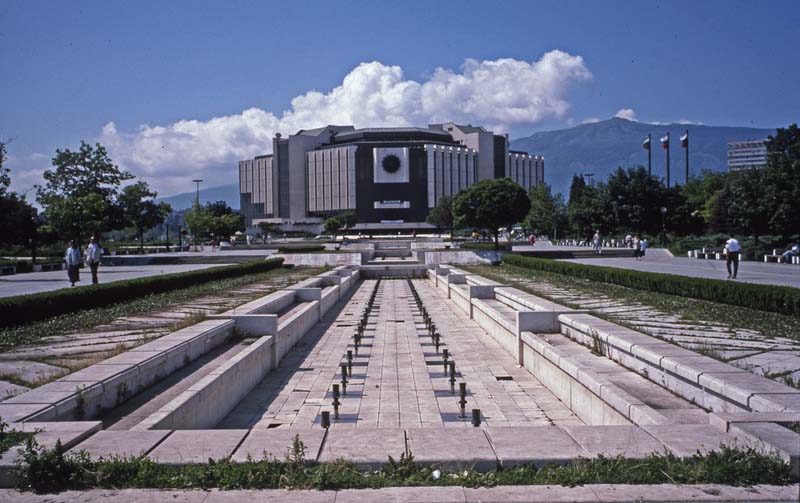
Alexander Barov, The National Palace of Culture, Sofia, Bulgaria, 1978–81. The Palace opened in 1981 in celebration of Bulgaria’s 1300th anniversary. View of front palace with dry fountains. Photograph: 1992.
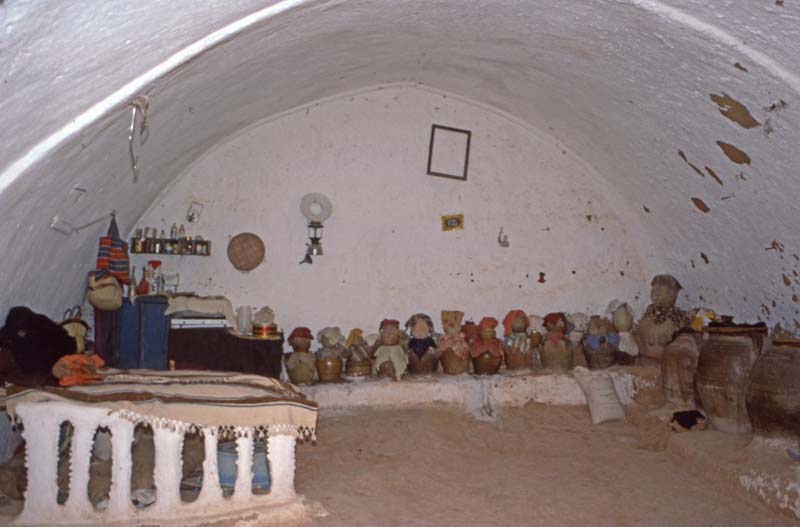
Underground dwelling, Matmata, Tunisia, 1500–present. View of whitewashed vaulted room lined with clay pots. There are approximately 700 underground structures in this Berber town in southern Tunisia. Photograph: 1990.
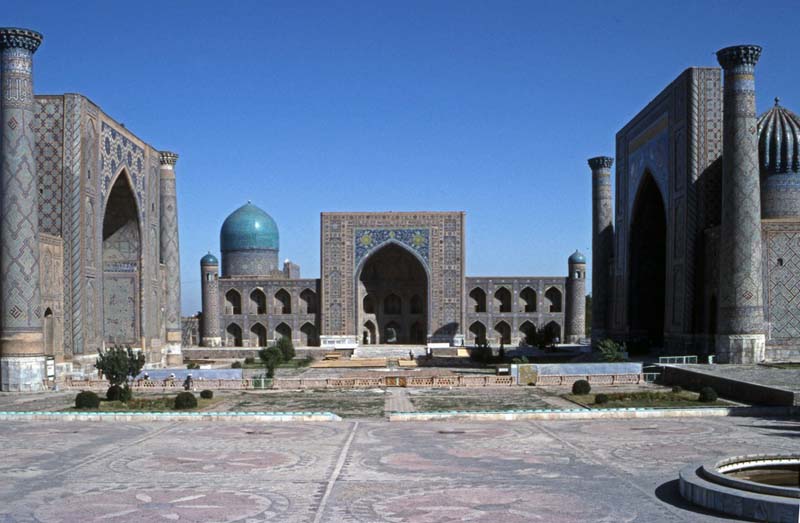
Registan, Samarkand, Uzbekistan, 1417–1660. The public square was surrounded by three madrasas: the Ulugh Beg Madrasa (1417–20), Sher-Dor Madrasa (1619–36), and Tilya-Kori Madrasa (1646–60). Photograph: 1992.
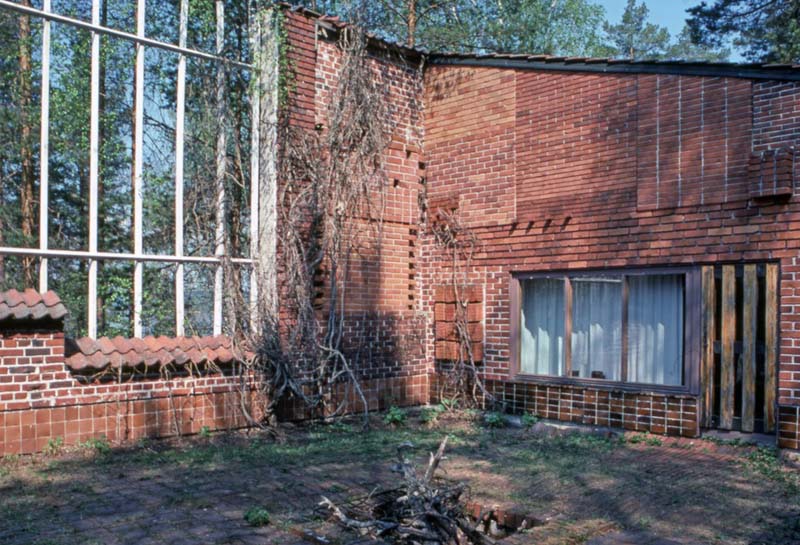
Alvar Aalto, Muuratsalo Experimental House, Lake Päijänne, Finland, 1952–54. Built as the summer home of Aalvar and Elissa Aalto, the L-shaped main building and exterior walls enclose a courtyard with varied surface treatments. Photograph: 1981.
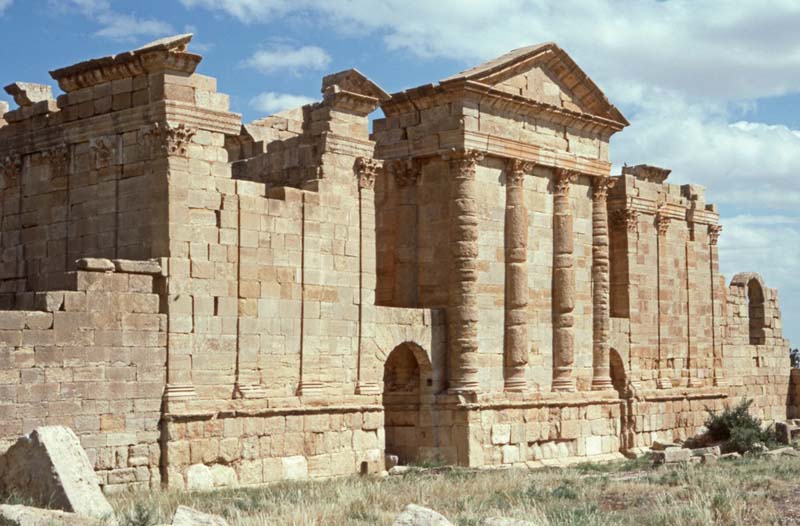
Capitolium Temple, Sbeitla, Tunisia, c. 130–170. The Capitolium consists of three linked tetra style temples, dedicated to Jupiter, Juno and Minerva. Photograph: 1990.
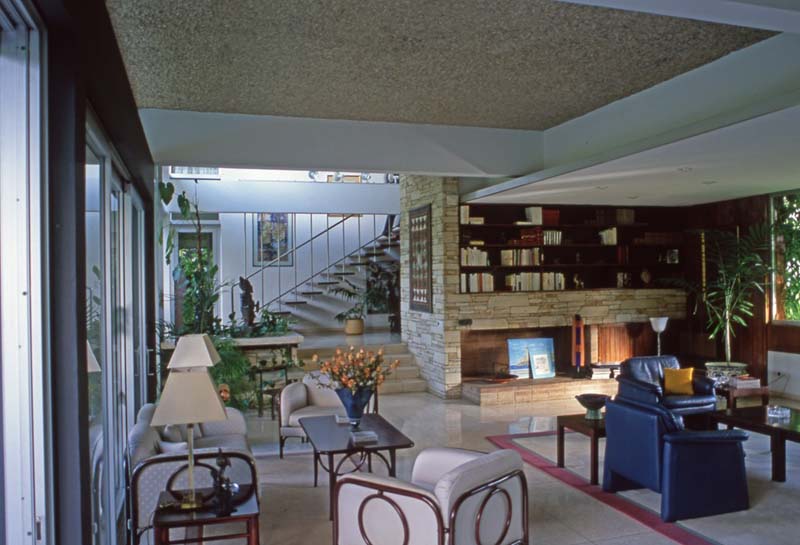
Richard Neutra, Alfred de Schulthess residence, Cubanacan neighbourhood in Havana, Cuba, 1954–56. View of living room. Built for a Swiss family, it is now the Swiss ambassador’s residence. Photograph: 2002.
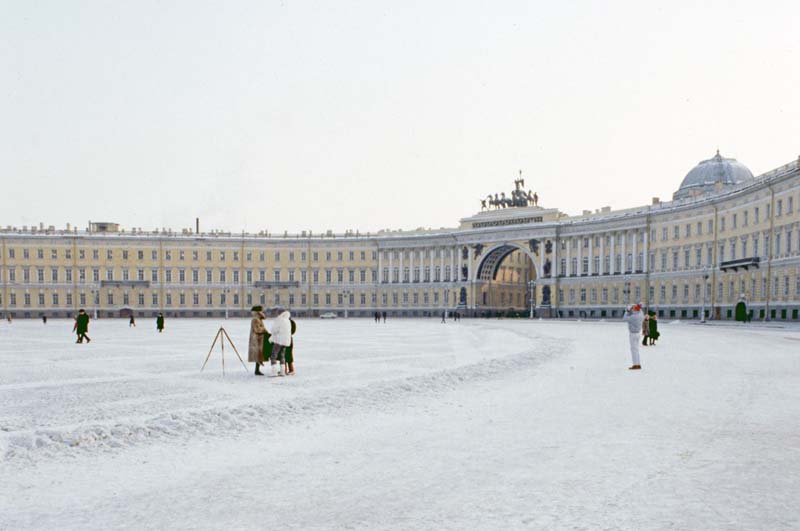
Karl Rossi, General Staff Building, Palace Square, Saint Petersburg, Russia, 1819–1829. Now home to the Hermitage art collection. Photograph: 1985.
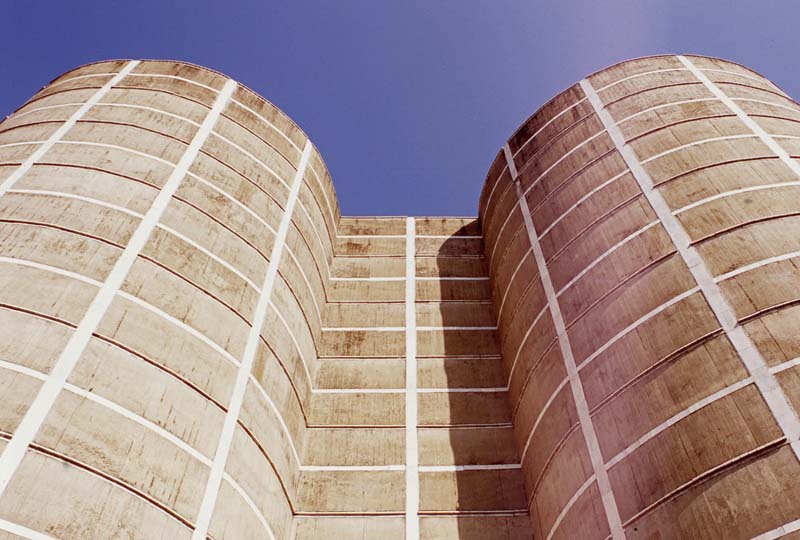
Louis Kahn, National Assembly Building, Dhaka, Bangladesh, 1962–82. Detail view of cylindrical concrete exterior walls. Photograph: 2012.
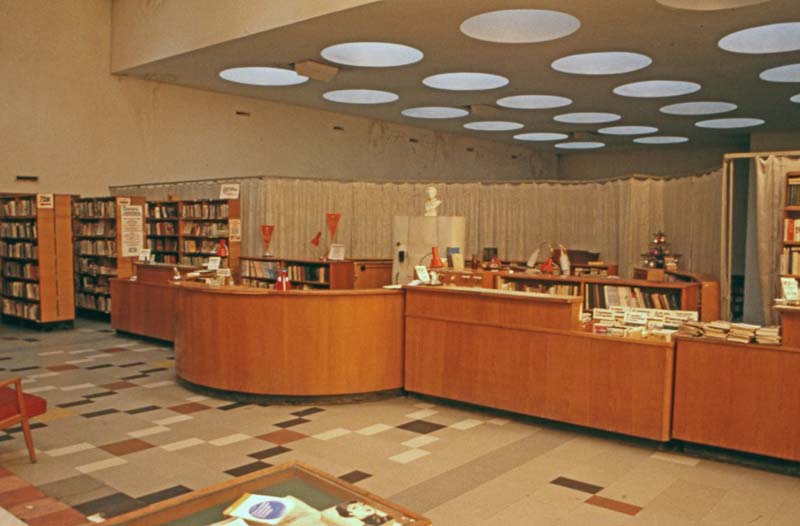
Aalto, Alvar, Viipuri City Library, Vyborg, Russia, 1927–35. Main reference desk. Vyborg Library was built during the time of Finnish sovereignty (1918 to 1940–44), before the Finnish city of Viipuri was annexed by the former USSR and its name changed to Vyborg by the Soviet authorities. Photograph: 1985.


